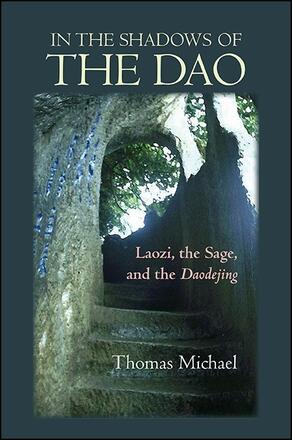
In the Shadows of the Dao
Laozi, the Sage, and the Daodejing
Alternative formats available from:
Challenges standard views of the origins of the Daodejing, revealing the work’s roots in a tradition of physical cultivation.
Description
Thomas Michael's study of the early history of the Daodejing reveals that the work is grounded in a unique tradition of early Daoism, one unrelated to other early Chinese schools of thought and practice. The text is associated with a tradition of hermits committed to yangsheng, a particular practice of physical cultivation involving techniques of breath circulation in combination with specific bodily movements leading to a physical union with the Dao. Michael explores the ways in which the text systematically anchored these techniques to a Dao-centered worldview. Including a new translation of the Daodejing, In the Shadows of the Dao opens new approaches to understanding the early history of one of the world's great religious texts and great religious traditions.
Thomas Michael specializes in early Chinese religion, philosophy, and shamanism, and is the author of The Pristine Dao: Metaphysics in Early Daoist Discourse, also published by SUNY Press.
Reviews
"…illuminating … a worthy addition to anyone's library. " — Journal of Chinese Religions
"…the scholarship and research that inform the arguments are outstanding. The book is a welcome addition to the study of the Daodejing. " — China Review International
"Michael's work provides a fresh and innovative methodological approach to a well-known and much studied text. Unlike the vast majority of previous studies, which situate the Daodejing in an ahistorical philosophical realm divorced from ritual and practice, Michael's analysis takes seriously the possibility that the text both contains and advocates for self-transformative practices. In addition, his translation, while not intended to be a stand-alone work, significantly contributes another important perspective. This excellent, groundbreaking book lays the foundation for a new round of vigorous debate and scholarly attention. " — Jeffrey Dippmann, coeditor of Riding the Wind with Liezi: New Perspectives on the Daoist Classic